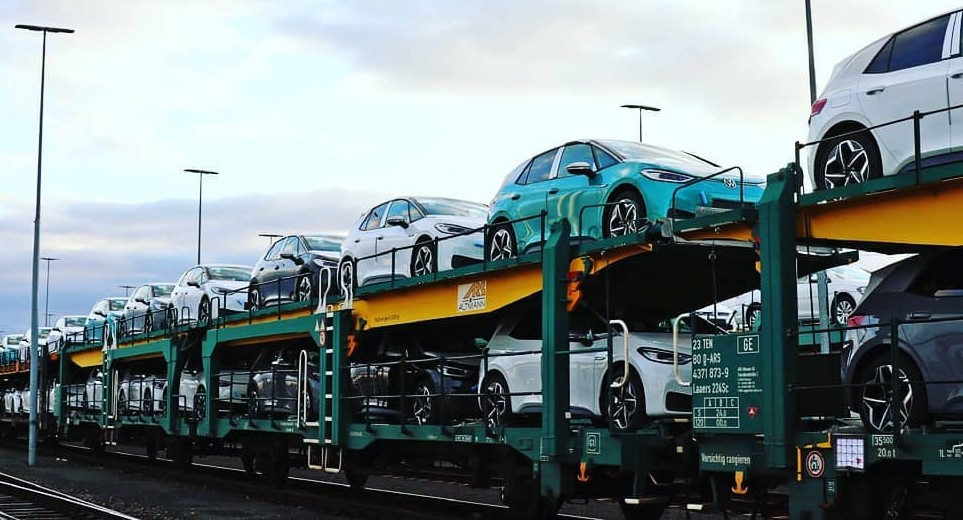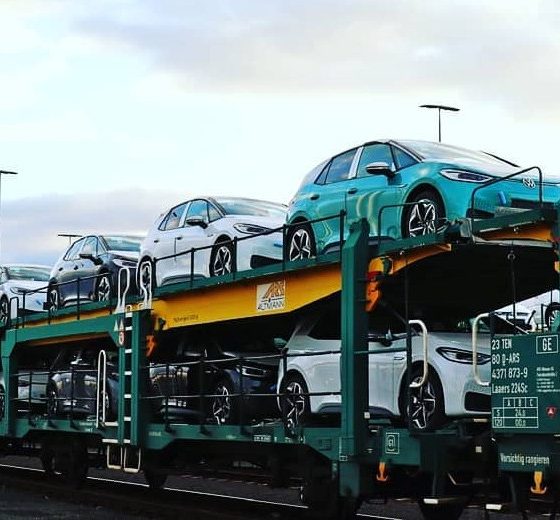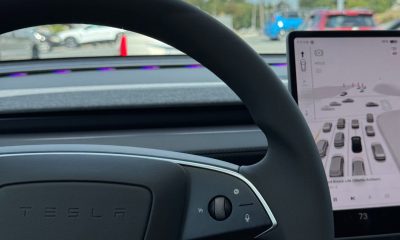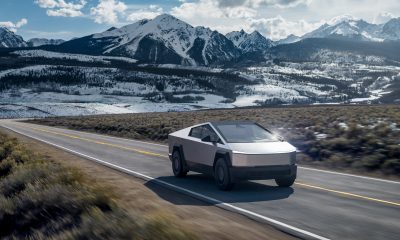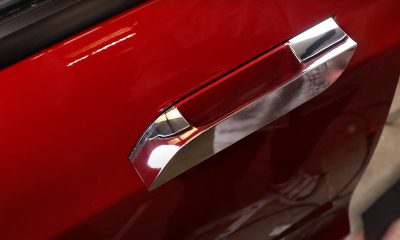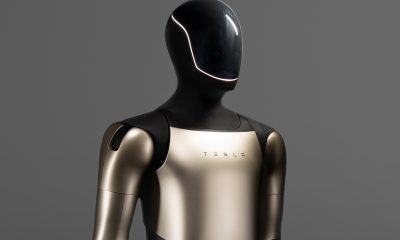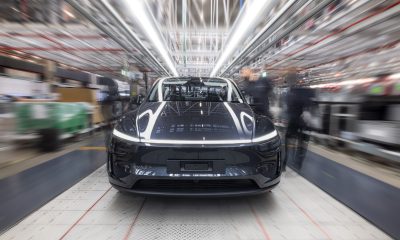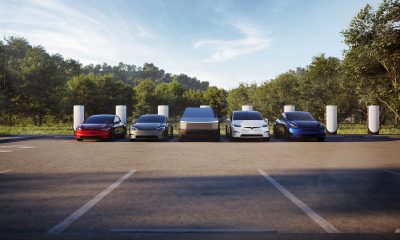There is a storm brewing in Volkswagen’s Wolfsburg plant, and it can very well make or break the career of CEO Herbert Diess, a strong proponent for the company’s transition to electric mobility. As problems continue to pile up for Volkswagen’s electric car program, the ID.3, a vehicle considered to be a rival to the Tesla Model 3, is starting to turn into a cautionary tale.
An extensive report from German news outlet Manager Magazin provided an in-depth look at the current state of Volkswagen’s electric vehicle initiative. According to the esteemed magazine, experts and top managers from the automaker are now meeting every working day in a massive push to get the ID.3 ready for consumer deliveries. But despite their disciplined efforts, the affordable EV is proving stubborn, causing notable delays in its release.
The Volkswagen ID.3 is an essential car for the German automaker, being a personal project for Diess, who has emerged as one of the most prominent voices in the auto industry pushing for electrification. More than a vehicle that can potentially beat the Tesla Model 3 in terms of pricing, the ID.3 is also the automaker’s key in avoiding €10 billion worth of emissions fines this year. Without the ID.3, the penalties cannot be avoided. Even with the vehicle on the market, VW would have to sell about 100,000 in 2020 to meet the company’s CO2 targets.
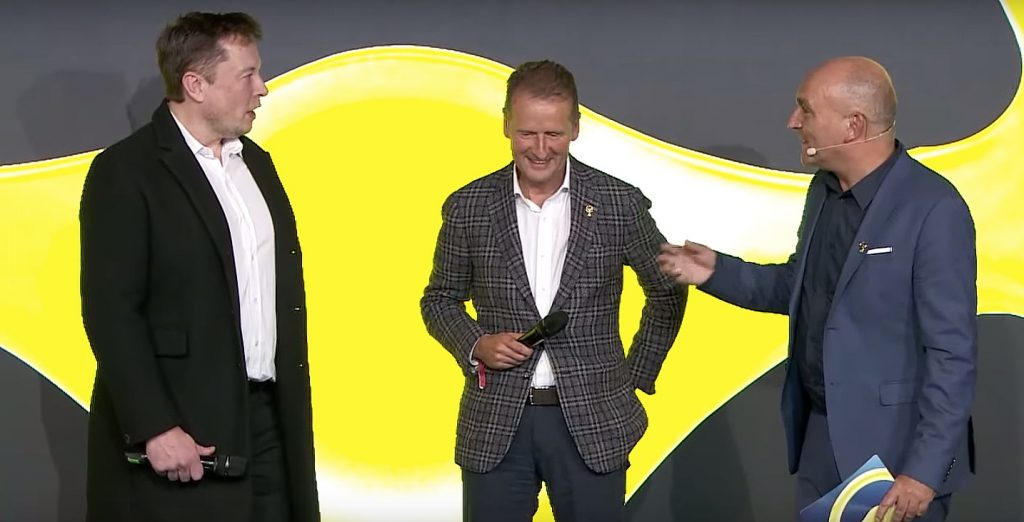
But the Volkswagen ID.3 ramp has been rife with issues. While the vehicles can be produced efficiently using the company’s extensive experience in car manufacturing, the ID.3’s software has proven troublesome. Simply put, the software of the vehicle does not work as it should, and VW experts have pointed the finger at the company’s haste in rolling out the all-electric car for production. Volkswagen experts have noted that the ID.3’s underlying architecture was developed too hastily, as the car’s system parts often don’t understand each other, resulting in errors.
Thus, every day, those involved with the ID.3 project meet and try to solve the car’s underlying issues. Manager Magazin‘s sources note that Volkswagen is now operating at an almost military level in its efforts to fix the ID.3’s software issues, but still, hundreds of test drivers report new faults in the vehicle nearly every day. One of the magazine’s sources, who claimed to be present in these meetings, noted that up to 300 faults could be reported in one day.
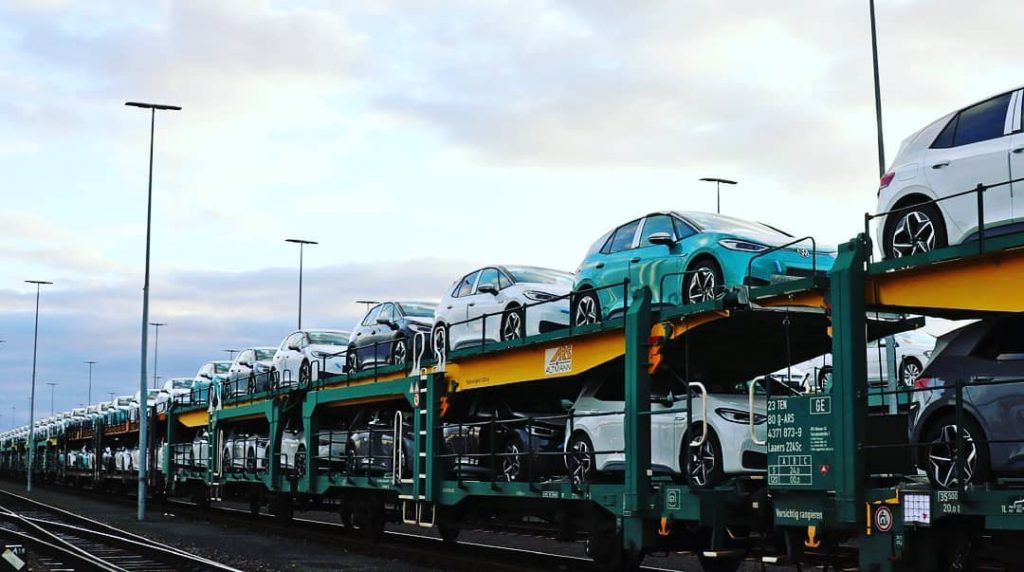
Amidst these issues, Volkswagen has adjusted the ID.3’s target from 100,000 in 2020 to just 80,000. Fortunately for the German automaker, it is a big company, and it includes carmakers such as Audi and Porsche, both of whom have already released their respective electric cars. But even these two companies’ EVs are not exactly rolling out smoothly either. The e-tron recently halted its production due to battery constraints from LG Chem, prompting Audi to lower the premium SUV’s forecast from 70,000 to 40,000 this year. The Porsche Taycan, despite excellent reviews from car enthusiasts, is also getting its deliveries in Germany delayed.
Volkswagen CEO Herbert Diess has stated that the shift to electric mobility will be difficult, noting at a top management conference last month that the compliance with the limits for supplying, building, and selling battery electric vehicles was “perhaps the most difficult task Volkswagen has ever had to face.” Considering the ID.3 program’s progress so far, as well as reports that the Porsches and Piëchs, VW’s major owners, are growing restless, it appears that the company’s EV challenges may just be beginning.
Ultimately, the ID.3’s issues are an unfortunate roadblock to the EV movement as a whole. The vehicle, after all, is a mass-market car, and it has the potential to be the second coming of the ubiquitous Beetle. The company just has to get its software settled and refined first–something that a small carmaker from Silicon Valley seems to have predicted when it started developing its first vehicles less than two decades ago.
H/T to JPR007.
News
Tesla Full Self-Driving impressions after three weeks of ownership
I will be fair and tell you all what I truly enjoy, as well as what frustrates me about Full Self-Driving.

Tesla Full Self-Driving is amongst the most robust and refined semi-autonomous driver assistance systems on the market today. After three weeks of ownership, I’ve driven around half of my miles using it, and my impressions put me right in the middle of it being very impressive and needing some work.
Of course, if it were perfect, it would be driving us all around all the time while we sleep, scroll our phones, or watch movies in the cockpit. It does a lot of things very well, and it has managed to impress everyone I’ve put in the passenger’s seat.
However, there are some things that are obvious pain points, situations that need improvement, and areas where I believe it has a long way to go. Regardless, these are things I have noticed, and they may differ from your opinions based on your location or traffic situations.
Tesla Model Y ownership two weeks in: what I love and what I don’t
I’ll try to keep it pretty even and just highlight the things that are truly noticeable with Full Self-Driving. I won’t be too critical of the things that it is bad at, and I won’t try to give it too much of a pat on the back.
I will be fair and tell you all what I truly enjoy, as well as what frustrates me about it.
*Disclaimer: These Full Self-Driving examples were in use with v13.2.9.
Where Tesla Full Self-Driving is Great
Highway Driving
I have yet to have a critical intervention of any kind on the highway. I have driven on easy highways like Rt. 30 in Pennsylvania, and I have driven on congested four-lane parking lots like I-695 near Baltimore, Maryland.
Tesla FSD does a tremendous job on all of it. I usually use the “Hurry” setting of FSD with an offset of between 25 and 40 percent, depending on what I’m doing and where I’m going. Sometimes, I want to push it a bit, and at other times, I’m okay with taking my time and enjoying the drive.
I find the driving style of Hurry is more similar to the traffic around me than the Standard, which tends to drive like an 80-year-old on their way to Bingo.
It does a great job of being considerate, maintaining an appropriate rate of travel, getting over for cars that are tailgating in the left lane after passing traffic, and it always is where it needs to be when it needs to be there.
Taking the Stress Out of Driving
A few nights ago, I was having some trouble sleeping, and I was up at 3 a.m. I decided it would be a good time to get up, grab a breakfast burrito and a coffee, and head to the Supercharger.
(If you don’t know, I do not have home charging, and I will be diving into EV ownership without that in a future article.)
I let FSD drive me to the Supercharger and back while I was done. I was able to enjoy a beautiful sunrise without having to focus all my attention on the traffic around me, while still maintaining enough attention to the road to keep the driver monitoring happy.
It was really nice. I enjoyed the ride, and it felt like I was in an Uber with a very careful driver while I enjoyed the rest of my coffee and peeked at the sky every few seconds.
Learning and Improving
A few weeks ago, I approached an “Except Right Turn” stop sign. I have discussed how these are a Pennsylvania specialty, and the first time FSD encountered one in my Model Y, it stopped, even though we were heading right.
I took over, submitted a voice memo to Tesla about it, and went on with my evening. A week later, the car approached the same turn, and, to my surprise, it proceeded through the Stop Sign correctly, safely, and at an appropriate speed.
It was nice to see this improvement, especially since this is one of those regional issues that Tesla will need to address before FSD is fully autonomous. The change even impressed my Fiancé, who was with me during both instances we came upon this turn.
Where Tesla Full Self-Driving Could Be Better
Auto Wipers
Good gravy, these Auto Wipers always seem to give me a good laugh.
They never really have the right speed; they are either way too fast or not fast enough. There’s never been a happy medium.
It also loves to activate a single wipe of the blade at the strangest times. I’ve noticed that it actually seems to activate at the same spots on the road sometimes. There’s a hanging branch near my house, and every time we go under it and FSD is activated, the wipers wipe once.
It would be nice to set your own intervals for the wipers, but I am okay with the current presets. I do hope the Auto Wipers improve, because it could be one of the best features the car has if it’s more accurate.
It Struggles with Signs That Require Reading
The “Except Right Turn” sign is one example, but another is a “Stop Here on Red” sign that is recessed from an intersection at a stop light if it’s a tighter turn. Recently, I had to slam on the brakes as it was headed straight through one of these signs.
It can recognize Stop Signs and Yield Signs, but signs with instructions for an intersection appear to present a greater challenge for FSD.
Sometimes, It Just Does Things I Don’t Like
There is a four-lane light near my house; the two right lanes go straight, but the lane furthest right is for turning into businesses past the intersection. Some people tend to go in that far right lane, even if they have no intention of turning right into the businesses, and take off quickly from the light to cut ahead.
I’m not saying it’s illegal or even wrong, but I personally prefer not to do it. I am never in that much of a hurry.
FSD tried to do that the other day; I intervened and kept it in the lane that is designed to go straight. I wouldn’t say this is technically an intervention. I would just say it’s a move I wasn’t super comfortable with because I know people tend to get frustrated with those who cut the line. It’s an etiquette issue, and I didn’t want FSD to do it.
I also am not a huge fan of when there is no traffic in the right lane, yet it continues to cruise in the fast lane. I was taught to drive in the right lane and pass in the left lane. There are states where cruising in the left lane is illegal, and it sometimes tends to stay in the passing lane too long for my liking. I will turn on my right signal and get back into the correct lane.
These are totally disputable, and I am aware of that. Some people might not see a huge issue with these two examples, and I can understand that. My courtesy on the road differs from others, and that’s okay.
All in all, I’m pretty happy with FSD, and I will be continuing my Subscription after the three-month trial ends. In the coming days, I’ll be picking up a camera for FSD videos, and I’ll be able to embed examples of what I mean, as well as share full-length videos of my drive.
News
Tesla gets price target increase on Wall Street, but it’s a head-scratcher
Delaney’s price target on Tesla shares went up to $395 from $300. Currently, Tesla is trading between $420 and $430, making the new price target from Goldman Sachs a bit of a head-scratcher.
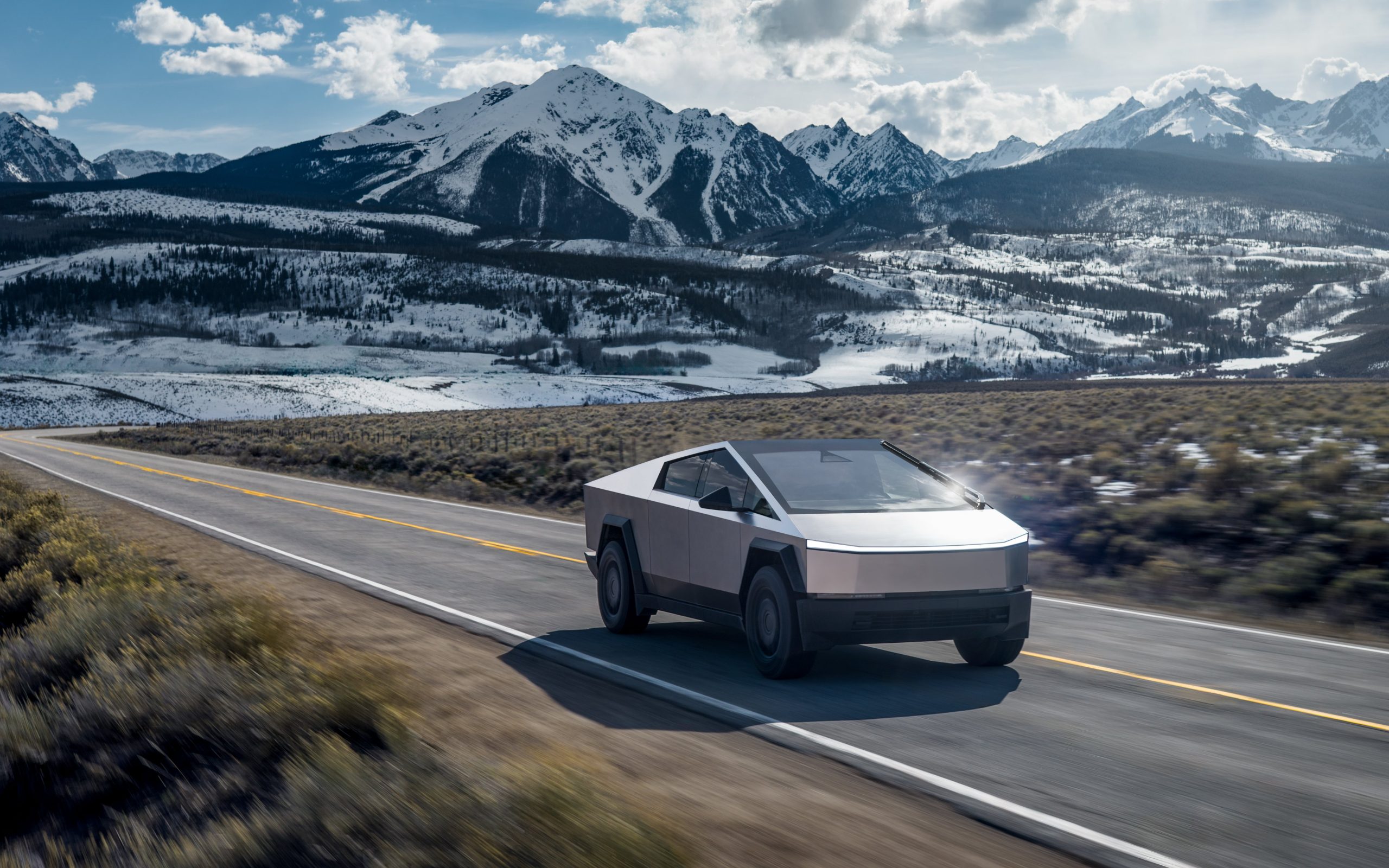
Tesla (NASDAQ: TSLA) received a price target increase from a Wall Street analyst today, who noted in his report that the company’s shares could rise or fall based on its execution in robotics and autonomy.
However, the price target boost still fell below Tesla’s current trading levels.
Mark Delaney of Goldman Sachs said in a note to investors today that Tesla has a significant opportunity to solidify itself as one of the stable and safe plays in the market if it can execute on its two key projects: humanoid robots and autonomy.
In the note, Delaney said:
“If Tesla can have [an] outsized share in areas such as humanoid robotics and autonomy, then there could be upside to our price target.”
Delaney’s price target on Tesla shares went up to $395 from $300. Currently, Tesla is trading between $420 and $430, making the new price target from Goldman Sachs a bit of a head-scratcher.
He went on to say that Tesla could also confront outside factors that would limit the stock’s ability to see growth, including competition and potentially its own lack of execution:
“…although if competition limits profits (as is happening with the ADAS market in China) or Tesla does not execute well, then there could be downside.”
The note is an interesting one because it seems to point out the blatantly obvious: if Tesla performs well, the stock will rise. If it doesn’t, the stock price will decline.
We discussed yesterday in an article that Tesla is one of the few stocks out there that does not seem to be influenced by financials or anything super concrete. Instead, it is more influenced by the narrative currently surrounding the company, rather than the technicals.
Tesla called ‘biggest meme stock we’ve ever seen’ by Yale associate dean
Tesla’s prowess in robotics and autonomy is strong. In robotics, it has a very good sentiment following its Optimus project, and it has shown steady improvement with subsequent versions of the robot with each release.
On the autonomy front, Tesla is expanding its Robotaxi platform in Austin every few weeks, and also has a sizeable geofence in the Bay Area. Its Full Self-Driving suite is among the most robust in the world and is incredibly useful and accurate.
The company can gain significant value if it continues to refine the platform and eventually rolls out a driverless or unsupervised version of the Full Self-Driving suite.
Elon Musk
Tesla addresses door handle complaints with simple engineering fix
“We’ll have a really good solution for that. I’m not worried about it.”
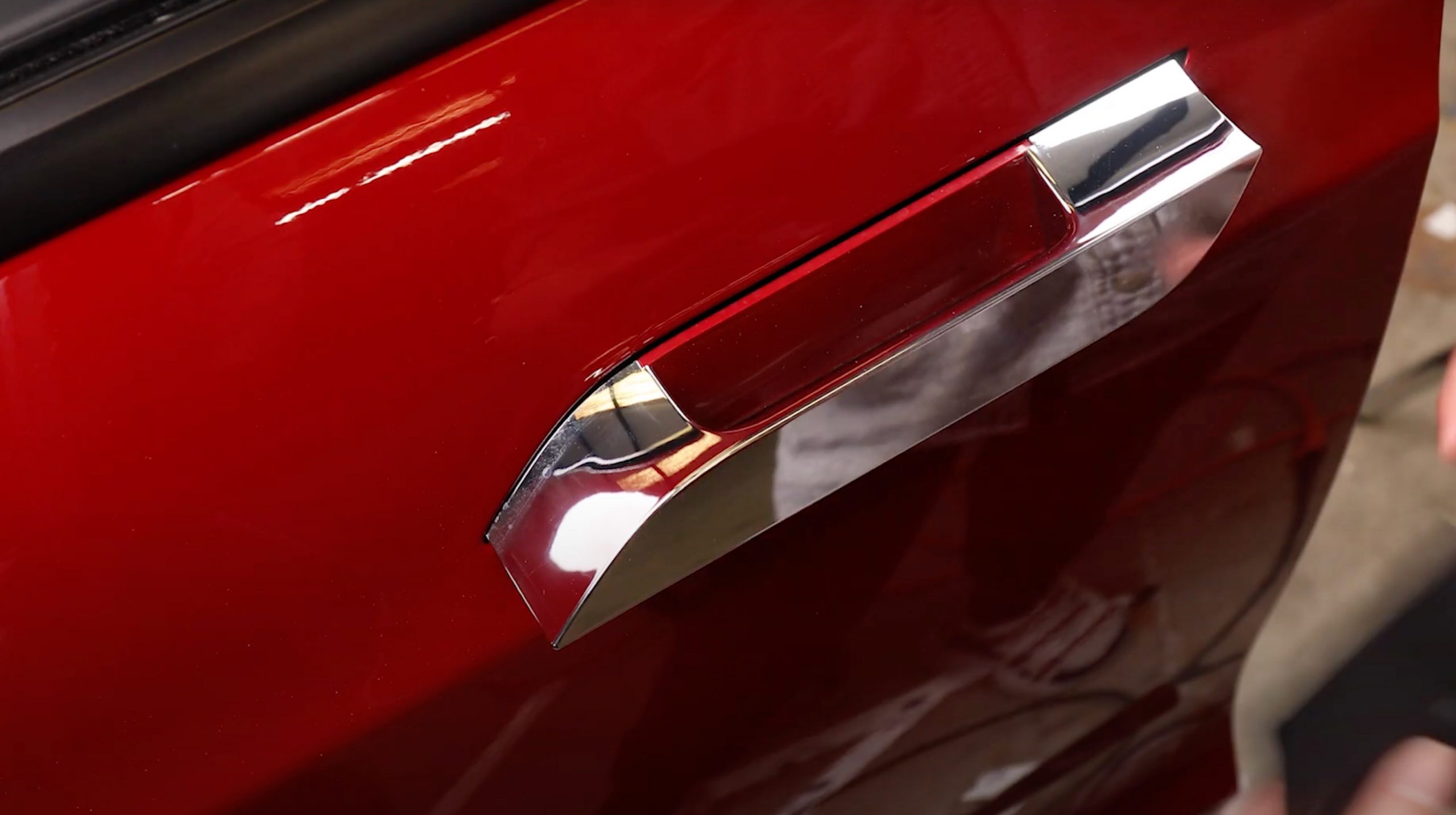
Tesla is going to adjust one heavily scrutinized part of its vehicles after recent government agencies have launched probes into an issue stemming from complaints from owners.
Over the past few days, we have reported on the issues with Tesla’s door handle systems from both the Chinese and American governments.
In China, it dealt with the Model S, while the United States’ National Highway Traffic Safety Administration (NHTSA) reported nine complaints from owners experiencing issues with 2021 Model Ys, as some said they had trouble entering their car after the 12V battery was low on power.
Bloomberg, in an interview with Tesla Chief Designer Franz von Holzhausen, asked whether the company planned to adjust the door handle design to alleviate any concerns that regulatory agencies might have.
Regarding the interior latch concerns in the United States:
- Von Holzhausen said that, while a mechanical door release resolves this problem, Tesla plans to “combine the two” to help reduce stress in what he called “panic situations.”
- He also added that “it’s in the cars now…The idea of combining the electronic and the manual one together in one button, I think, makes a lot of sense.” Franz said the muscle memory of reaching for the same button will be advantageous for children and anyone who is in an emergency.
Regarding the exterior door handle concerns in China:
- Von Holzhausen said Tesla is reviewing the details of the regulation and confirmed, “We’ll have a really good solution for that. I’m not worried about it.”
Franz von Holzhausen (from Tesla’s Robovan) on Tesla’s upcoming redesigned door handles: pic.twitter.com/lnaKve1SlJ
— Sawyer Merritt (@SawyerMerritt) September 17, 2025
The new Model Y already has emergency mechanical door release latches in the back, but combining them in future vehicles seems to be an ideal solution for other vehicles in Tesla’s lineup.
It will likely help Tesla avoid complaints from owners about not having an out in the event of a power outage or accident. It is a small engineering change that could be extremely valuable for future instances.
-
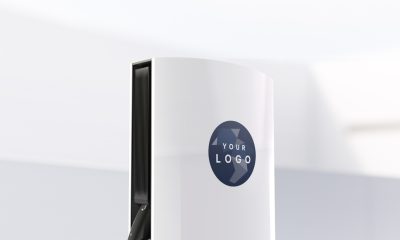
 News2 weeks ago
News2 weeks agoTesla launches new Supercharger program that business owners will love
-
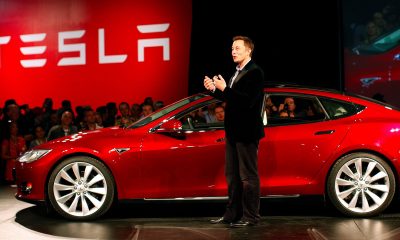
 Elon Musk2 weeks ago
Elon Musk2 weeks agoTesla Board takes firm stance on Elon Musk’s political involvement in pay package proxy
-
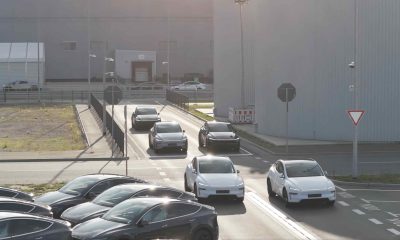
 News2 weeks ago
News2 weeks agoTesla deploys Unsupervised FSD in Europe for the first time—with a twist
-
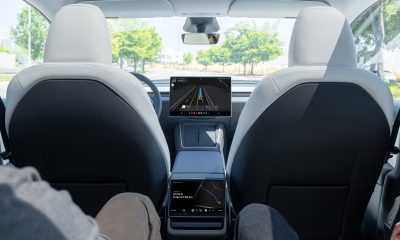
 News2 weeks ago
News2 weeks agoTesla explains why Robotaxis now have safety monitors in the driver’s seat
-
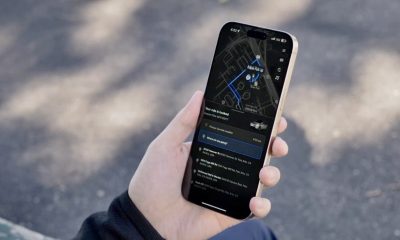
 News2 weeks ago
News2 weeks agoTesla is already giving Robotaxi privileges hours after opening public app
-
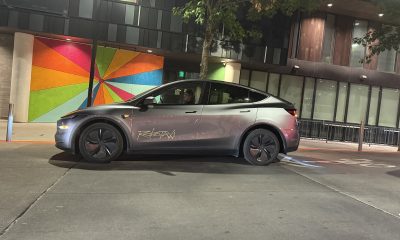
 Elon Musk2 weeks ago
Elon Musk2 weeks agoElon Musk says Tesla will take Safety Drivers out of Robotaxi: here’s when
-
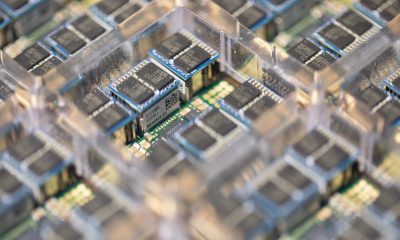
 Elon Musk2 weeks ago
Elon Musk2 weeks agoElon Musk is setting high expectations for Tesla AI5 and AI6 chips
-
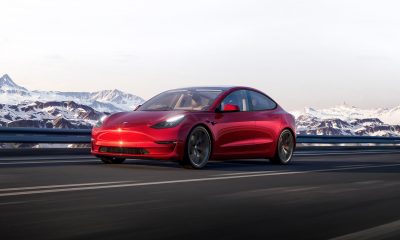
 News1 week ago
News1 week agoTesla is improving this critical feature in older vehicles

